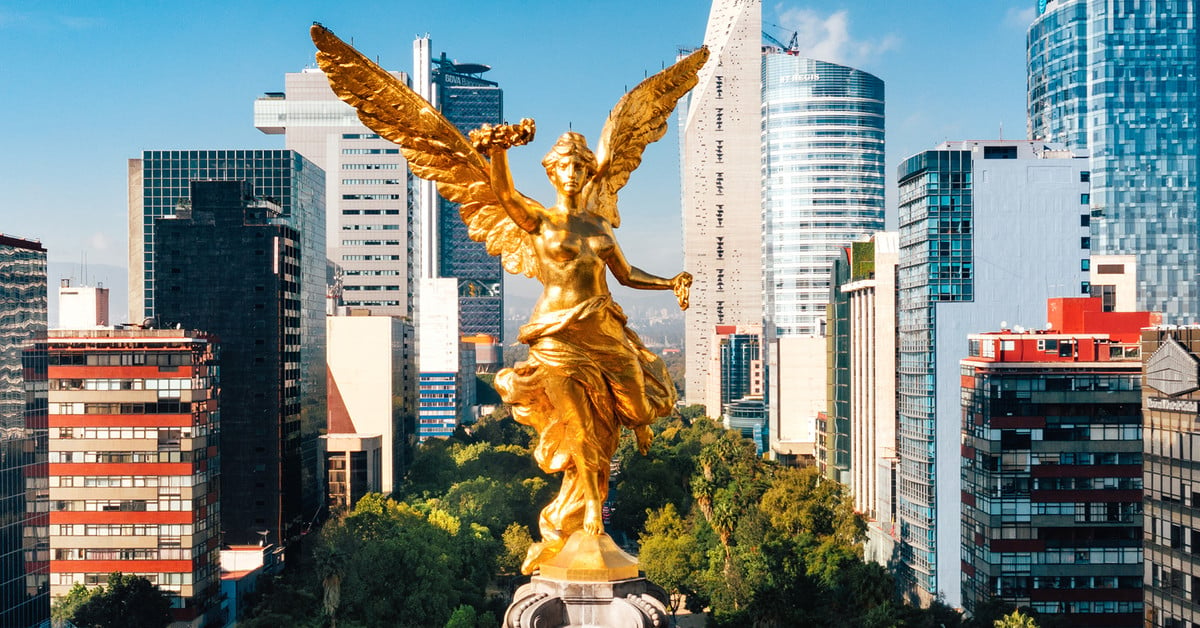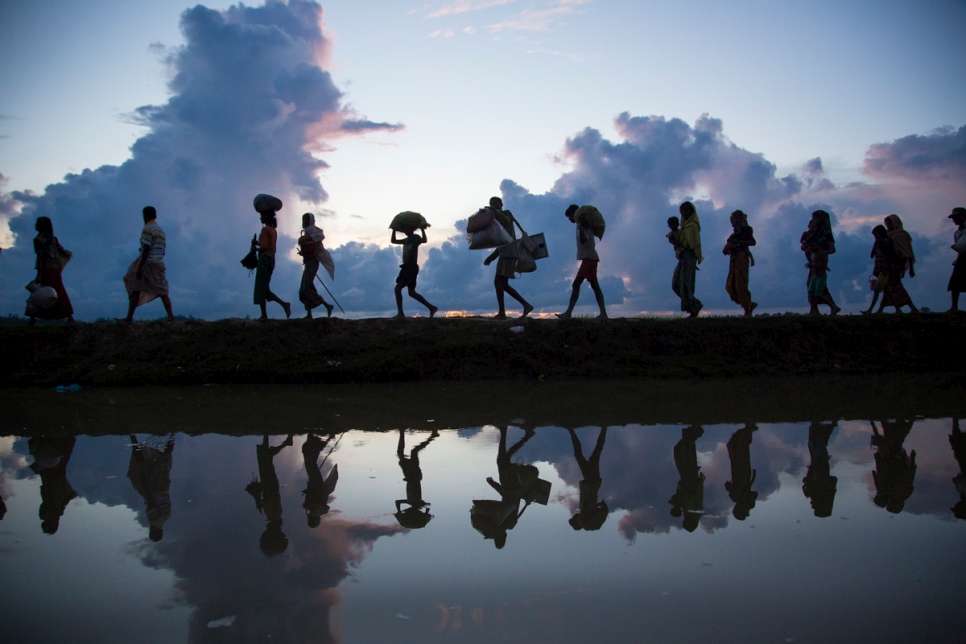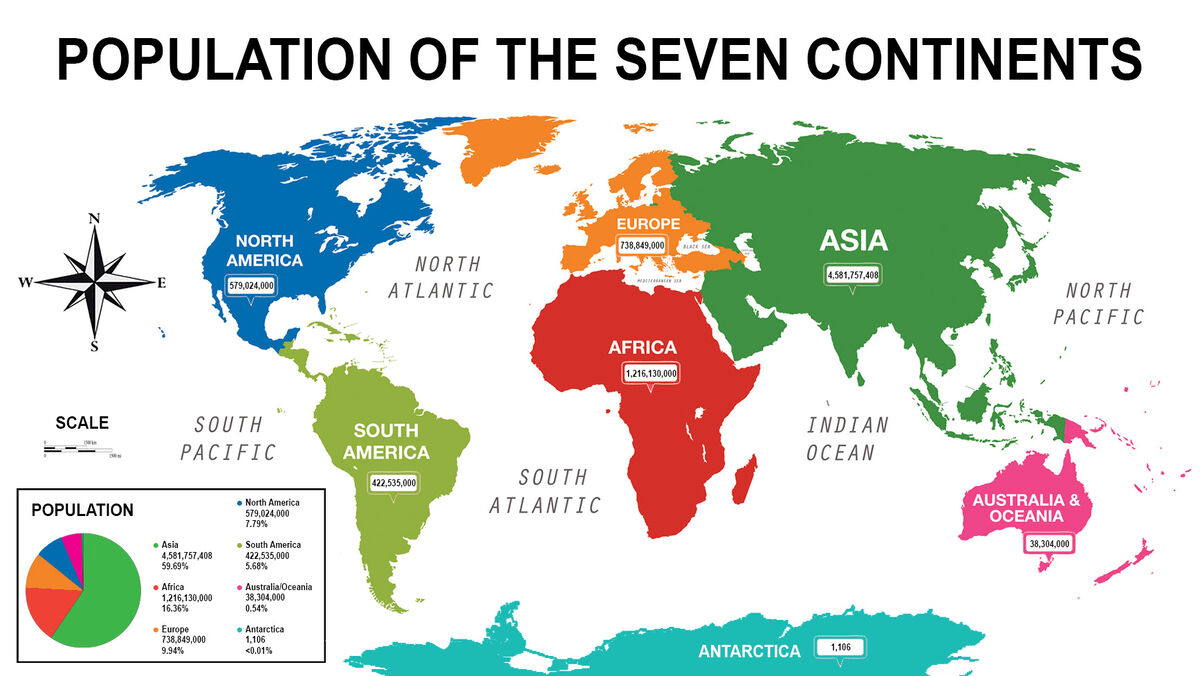lunes, 20 de marzo de 2023
Social Phenomena - Socioeconomic History
domingo, 19 de marzo de 2023
Urbanism - Socioeconomic History
Urbanism
Urbanism is the study of how the population of urban areas, such as towns and cities, interact with the built environment. It is a main component for urban planning, it is the practice that focuses on the physical design and management of urban structures and urban sociology, which is the academic field of study.
Principles of urbanism
Walkability
– Most things are within a 10-minute walk from home and work.
Connectivity
-The network of interconnected streets disperses traffic and makes walking easier.
Mixed use and diversity
-A mix of shops, offices, apartments and houses on the site. Mixed use within neighborhoods, interior and exterior.
Mixed Housing
-A range of types, sizes and prices in greater proximity.
Quality Architecture and Urbanism
- Design Emphasis on beauty, human comfort and creating a sense of place; a special situation for civil and solar uses within the community. The architecture within the human range and the beautiful surroundings nourish the human soul.
Urban cities
Los Angeles
Mexico city
Migration - Socioeconomic History
Migration
What is it?
According to Oxford Dictionary migration is "the movement of a person or people from one country, locality, place of residence, etc., to settle in another; an instance of this". Migration is one of our human rigths. Article 13 of the Universal Declaration of Human Rights said that every person has the right to move freely and to choose their residence in the territory of a state. Everyone has the right to leave any country, including their own, and to return to their country.
A migrant is who, regardless of the reason, leave, transit or arrive in a country other than the one of origin, or in a territory where they did not live or work before. Includes the one who seek to reside, work, transit or visit Mexico, regardless of whether they do so regularly or irregularly, or how long they stay. Therefore, migrants retain their human rights wherever we are.
It is estimate that migrants are:
- 36.1 million are children
- 124.8 miilion are women
- 4.8 million are students
- 150.3 million are workers
References
De Gobernación, S. (n.d.). ¿Quién es una persona migrante? gob.mx. https://www.gob.mx/segob/articulos/quien-es-una-persona-migrante
El portal único del gobierno. | gob.mx. (n.d.). https://www.gob.mx/sre/articulos/sabes-cuantos-mexicanos-viven-en-el-extranjero#:~:text=El%20Instituto%20de%20los%20Mexicanos,los%20Estados%20Unidos%20de%20Am%C3%A9rica.
Human Rights - Socioeconomic History
Human Rights
jueves, 16 de marzo de 2023
Demographic Information - Socioeconomic History
Birth rate: How many people is born in a certain place. In Puebla the rate is 115,050 births.
Fecundity: Average number that a woman can have babies. In Puebla the rate is 2.23%. It is measure
Mortality/Death rate: How many people die in a certain population in an specific time. The rate in Puebla is 6.1.
Life expectancy: The mean number of years that a person can expect to live. In Puebla de life expectancy is 74.9.
Population growth: The annual average of cgange of population size, for given country. Rate of population growth was 1.3 between 210 al 2020.
Demographic structure: It is the popular age between the population. 47.8% men and 52.2% women and its population represented 25.70% of the total population of the State of Puebla.
miércoles, 15 de marzo de 2023
Maps and Compass - Geography
Elements of a map
Scale: Explains the relationship between the data frame and the real world. Shows the places´sizes.
Projection: Representation of the Earth´s surface
- Cylindric
- Pseudocylindric
- Conic
- Planar
Types of Maps
- Transit map
- Topographic map
- Political map
- Physical map
- Climate map
- Land use map
- Population map
Compass Rose
Source of Information - Geography
💚
Geographic Information System
Spaciallocation of information with a geographical component.
Global positioning system
It is based on the use of artificial satellites to determine the geographic postion of any location.
It was created in US on 70´s - 80´s
We use it to adjust the time of our watches, to identify new routes to reach our destination, to delimit and even to fire nuclear missiles.
Mapping or Cartography
Elements:
- Cartographic projection
- Symbology
- Associated legend
- Cardinal points
- Absolute location
Imaginary lines, points and circles of the Earth
Earth axis line crosses the center of the Earth line, there are meridians that are perpendicular semi-circles; parallels are minor imaginary circles that are parallel to the equator.
Geographic Space Components - Geography
Geographic Space Components
- Political components: It is an organizational system that alows human society to choose a leader, like president and elections.
- Natural components: Elements of the landcape with natural origin without human intervention, for example volcanoes and forests
- Cultural components: Elemts between human interaction, elemets of a human society characteristcs such as religion and language.
- Economical components: Movement of money in relation with natural resources
- Social components: Characteristics of a human society in a determine natural space, like demography
martes, 14 de marzo de 2023
Geography Methodoly - Geography
Geography Methodology
The methodology is a way f covering, studying and analyzing certain scientific events. It is also a way we can ease studying a topic.
Principle of localization: It is based on the orientation of the geographical facts and the spatial analysis of the same fact.
Principle of evolution: It is the analysisi of the Earth constant evolution and change.
Principle of generality: It is based on search, comparison and description of similar processes that may be happening elsewhere in the world, taking as a reference the localization principle, done in the first place.
Principle of relation: Identificates the links between the various phenomena when they occur as a result or consequence.
Methodology of Monarca Butterfly
Principle of localization: Mexico (Michoacan and State of Mexico), USA and Canada
Principle of evolution: Low temperatures in Canada and USA.
Principle of generality: Migration of animals are common in a lot of species
Principle of relation: This happen because the change of the seasons.
Methodology of Bioluminescence in Holbox
Principle of localization: Holbox has the presence of microorganisms called luciferina
Principle of evolution: It occurs during the night
Principle of generality: It happens in a lot of places where luciferina lived, such as in Puerto Rico
Principle of relation: It results because of the exchange of oxygen that interacts with a protein, it only occurs in certain places
jueves, 9 de marzo de 2023
What is Geography? - Geography
Geography
Definition: The study of the enviroment and climate conditions of the Earth, it also study the distribution of living beings.
Types of geography
- Human geography: economy, history, sociology, demography, law.
- Physical geography: mathematics, botanic, physics, chemistry, zoology.
- Biologycal geography: biology, zoology, botanic, ecology.
- Atronomy: studies how the influence of celestial bodies determines the structure of the Earth and how it helps to explain the state of its surface.
- Sociology: study how a population interacts
- History: helps to understand how people have altered the world
- Politics: study how the powers of certain territories fight to achieve supremacy
- Metereology: study how climate is distributed in the world
- Physics: study how different physics phenomena changes the Earth
- Zoology: studies the characteristics of the fauna in the regions, the evolution and dynamics of the areas in which the animals are distributed and the relationships with the human species
- Biology: study different species of living things
- Geology: studies the evolution of the planet and its inhabitants, through the analysis of rocks
- Demography: study distribution of the Earth´s population
- Chemistry: study what our planet is made of and how it works; determines the distribution and migration of chemical elements on Earth
Life plan
Outlook or life and career plan Definition of personal philosophy. Mission Fair, tolerant and just. I'm a good writer, I'm a good re...

-
💚 Geographic Information System Spaciallocation of information with a geographical component. Global positioning system It is based on th...
-
Geography Methodology The methodology is a way f covering, studying and analyzing certain scientific events. It is also a way we can ease st...
-
Social Phenomena Analysis of social phenomena Corruption, Homophobia, Feminicide, Drug Traffiking and Animal Abuse Social phenomena in Mex...








.jpg)












-1639572194.webp)
